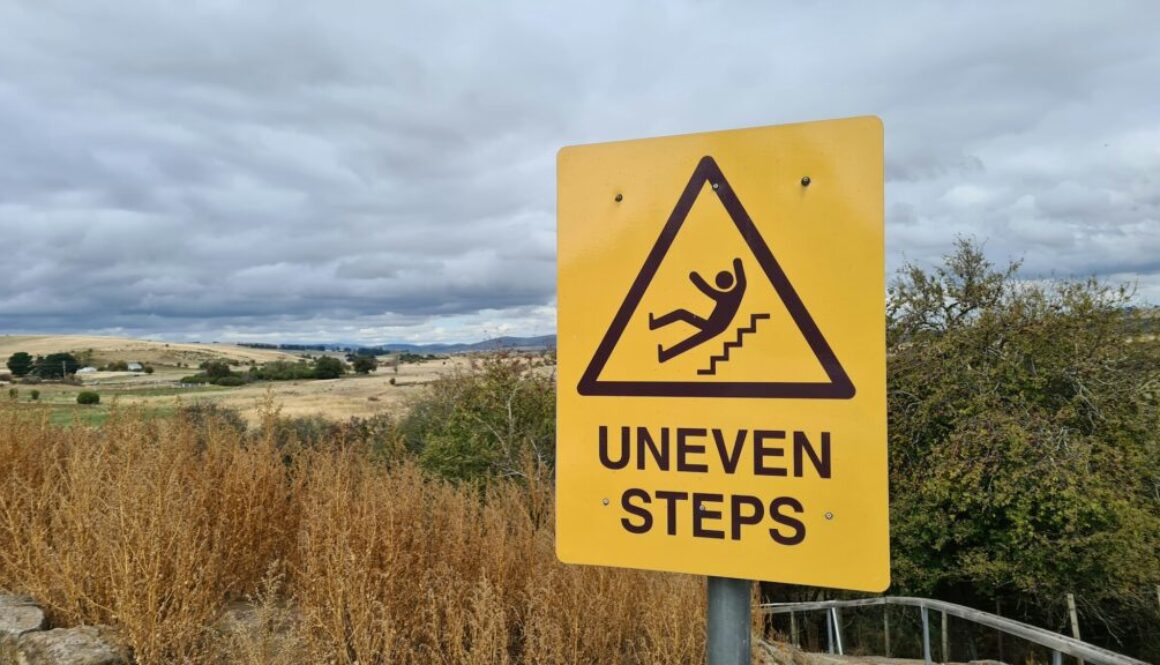Why “Invisible Injuries” Can Be the Hardest to Prove
When we think of car accidents, we often picture visible injuries—broken bones, cuts, or bruises. But some of the most serious and long-lasting consequences are those we can’t see. Concussions and other mild traumatic brain injuries (mTBI) fall into this category of “invisible injuries,” and they can be the hardest to prove in a personal injury claim.
What Is a Concussion?
A concussion is a type of brain injury caused by a sudden jolt or blow to the head. Even without direct contact, the force of a car accident can cause the brain to move inside the skull, leading to injury.
Unlike cuts or fractures, concussions don’t show up on X-rays and often won’t appear on CT scans or MRIs. Diagnosis relies heavily on symptoms and medical evaluations, which can make them more difficult to document in a legal case.
Common Symptoms of Concussions
Concussion symptoms are often delayed and can last for weeks, months, or even years. They include:
Headaches and dizziness
Memory problems or difficulty concentrating
Sensitivity to light or sound
Fatigue and sleep disturbances
Mood changes, such as anxiety, irritability, or depression
Because these symptoms aren’t always immediate or visible, accident victims sometimes don’t realize they’ve suffered a concussion until days later.
Why Concussions Are Hard to Prove in Legal Claims
No visible evidence
Unlike a broken bone, concussions can’t be confirmed by a simple scan, making them easier for insurers to dispute.
Delayed onset
Symptoms may not appear right away, leading to questions about whether the injury was caused by the accident.
Subjective symptoms
Many concussion effects—like headaches or difficulty focusing—are self-reported, which insurers may challenge as exaggerated or unrelated.
Pre-existing conditions
If a person already had migraines, mental health challenges, or learning difficulties, insurers sometimes argue the accident didn’t cause the new problems.
Strengthening a Concussion Claim
If you’ve suffered a concussion in a car accident, there are steps you can take to build a strong case:
Seek medical attention immediately. Document your symptoms from day one, even if they seem minor.
Follow up regularly. Ongoing medical records help prove the persistence of your injury.
Consult specialists. Neurologists, neuropsychologists, and rehabilitation therapists can provide expert opinions.
Keep a symptom diary. Tracking headaches, fatigue, or memory lapses can show the day-to-day impact of your injury.
Get legal advice early. A personal injury lawyer can ensure proper evidence is gathered and insurers don’t minimize your claim.
The Human Impact of “Invisible Injuries”
For many people, the most frustrating part of a concussion isn’t just the symptoms—it’s the lack of understanding from others. Friends, coworkers, and even family may not realize how deeply an invisible injury can disrupt daily life. Victims may look “fine” on the outside, but internally they are coping with exhaustion, brain fog, and mood changes that affect work, relationships, and quality of life.
This disconnect is why strong medical documentation and legal advocacy are so important in these cases.
Concussions are more than just “mild” brain injuries—they can change lives. But because they’re invisible, they’re also some of the hardest injuries to prove in a personal injury claim.
At Hilborn & Konduros, we understand the challenges of invisible injuries. We know how to work with medical professionals, gather the right evidence, and advocate for clients whose injuries aren’t always obvious to the eye—but are life-changing nonetheless.
If you’ve suffered a concussion after an accident, don’t let the invisibility of your injury prevent you from getting the compensation and support you deserve.









